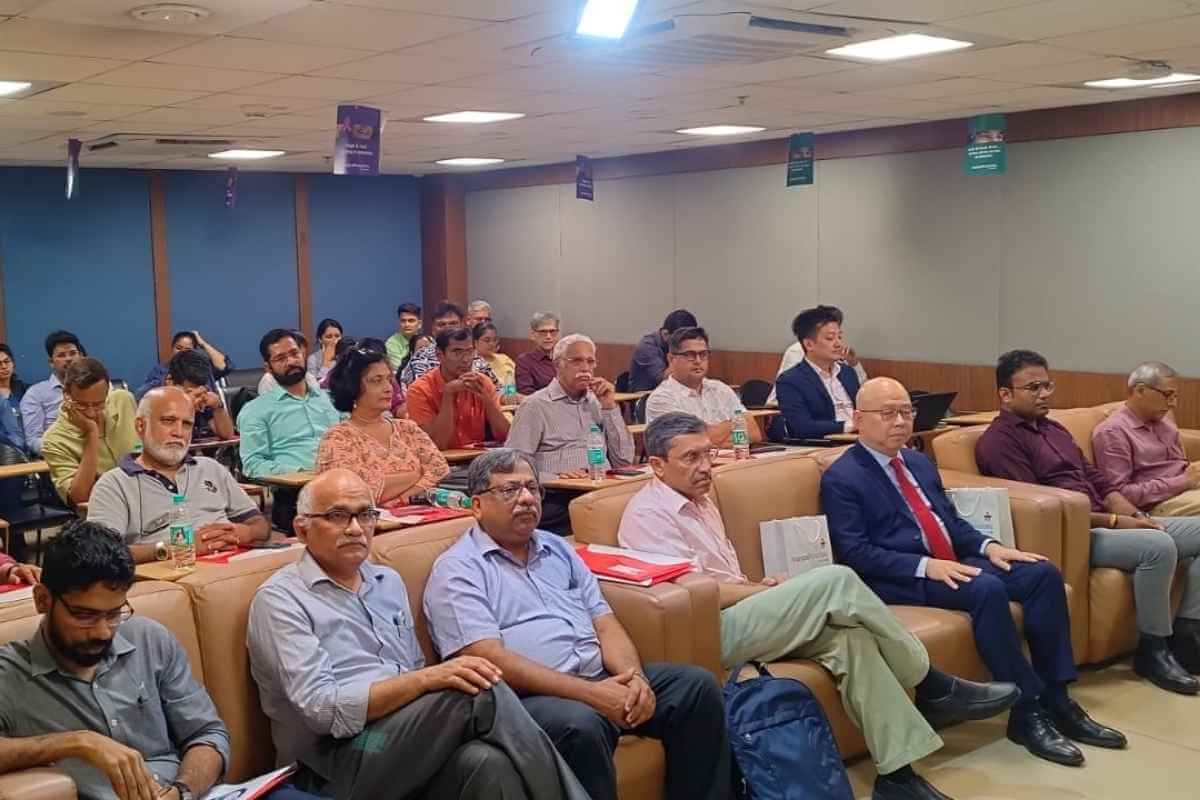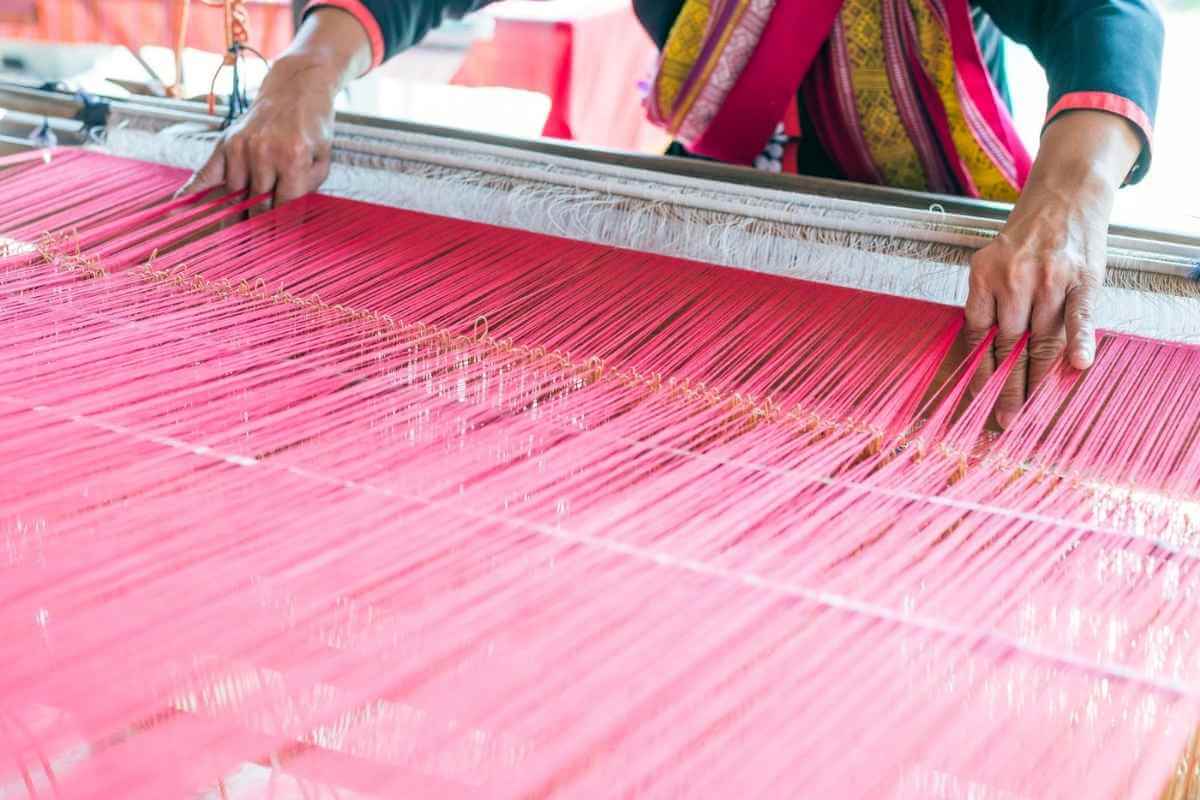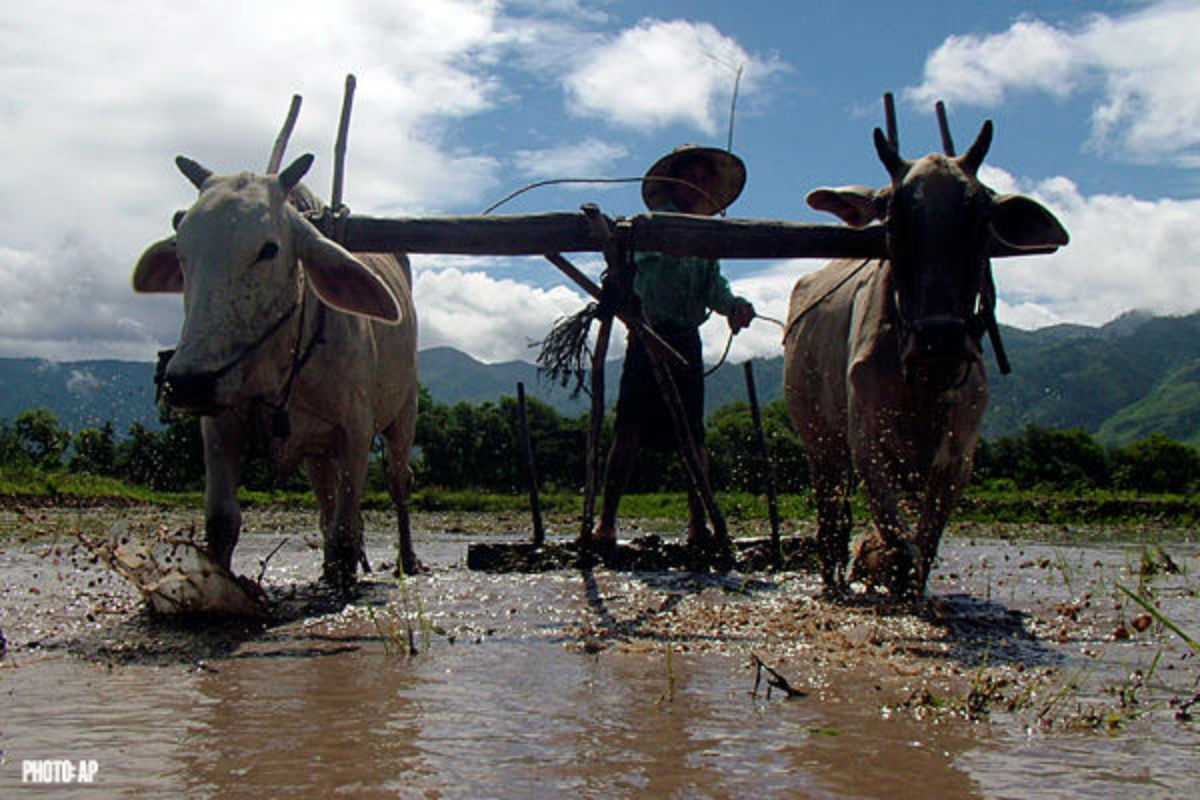Cyclone Kyarr unleashed its wrath in Goa last week and wreaked havoc in certain parts of this tiny state. The three days of the cyclone, between October 23rd -25th led to destruction in remote parts of the state, flooding in major cities, destruction along the coastal belt and sadly destruction of paddy fields as well.
According to information received from the directorate of agriculture, another 250 hectares of land under paddy cultivation was destroyed after over 1,500 hectares of cultivated land were previously damaged due to the severe monsoon rain.
This has put a great strain on the shoulder of the Farmers in different parts of the State as most of their produce has been destroyed.
Sources said that the destroyed paddy crop was ready for harvesting. However, due to the continuous rain during the last few days, almost 80 percent of the crop has been totally destroyed.
As per reports the harvesting of the paddy crop had not begun in talukas like Canacona, Quepem, Sanguem, Sattari, Bicholim and Pernem except for Salcete and Tiswadi.
Now with water accumulated in the fields, the crop has been destroyed totally and is not in a position to be harvested even if there is going to be bright sunshine.
In view of the grave situation, Deputy Chief Minster Chandrakant ‘Babu’ Kavlekar, who holds the agriculture portfolio, has directed officials of the department to carry out an inspection of the paddy crop in the various areas and submit a report on the damaged crops.
“I held a meeting with officials of the agriculture department last Friday and have directed them to assess the loss of the paddy crop that has been damaged,” Kavlekar said.
Agriculture director Madhav Kelkar said that an inspection of the agricultural areas in the state is underway.
He further stated that as per estimates not less than 250 hectares of land under paddy crop have been affected by the cyclone and these additional 250 hectares are likely to be in Canacona, Quepem, and parts of Bardez.
Kelkar added that the cyclone occurred when the paddy crop was nearly ready for harvesting or already harvested.
“The cyclone’s impact coming close on the heels of copious monsoon rain is going to hit the paddy crop badly in the state. We expect a large drop in paddy production,” he added.
On an average, the state grows around 1, 10,000 tonne annually on 27,600 hectares of land.
In the month of August, due to 1500 hectares of land being damaged which led to the destruction of crops worth Rs 10 crore, on account of the torrential rains, the government announced compensation to cultivators.
The damage was mainly in the talukas of Tiswadi, Bardez, Pernem, Sattari, Ponda, Bardez, Sanguem, parts of Canacona and surrounding areas of Margao town.
Kelkar informed that farmers whose crops have been damaged by the cyclone have been already covered for compensation promised by the government, but the compensation payout to farmers for loss due to the monsoon rain is yet to commence.
Large tracts of standing paddy crops were flattened thanks to the strong winds and heavy rains during Cyclone Kyarr.
Strong winds during the Cyclone Kyarr accompanied by heavy rains have flattened large tracts of standing paddy crop in the state.
A farmer from Taleigao, Ceaser Machado from Taleigao, said, “I have nothing left. My entire paddy crop cultivated on 5,600 sq mt of land has been wiped off. I have lost around 14 silos (gunny bags) of paddy. Each silo is about 50 kg.”
Machado stated that all the farms in the Taleigao area have been affected by the cyclone. The farms in the locality are low-lying and the water does not drain because the outlets which drain the water are blocked.
Another farmer Nestor Rangel from St Estevam said that whatever paddy crop was remaining after the excessive monsoon rain has been finished by the Cyclone Kyarr. He also stated that they have yet to start taking stock of the damages, which they will do so in the coming week.
The agriculture department pointed out that Cyclone Kyarr which brought heavy rains and strong winds along with it has impacted the paddy crop and farmers on a whole. There have been complaints about huge losses from vegetable growers and cultivators of plantations as well regarding the destruction of their produce.
Source: NT


























